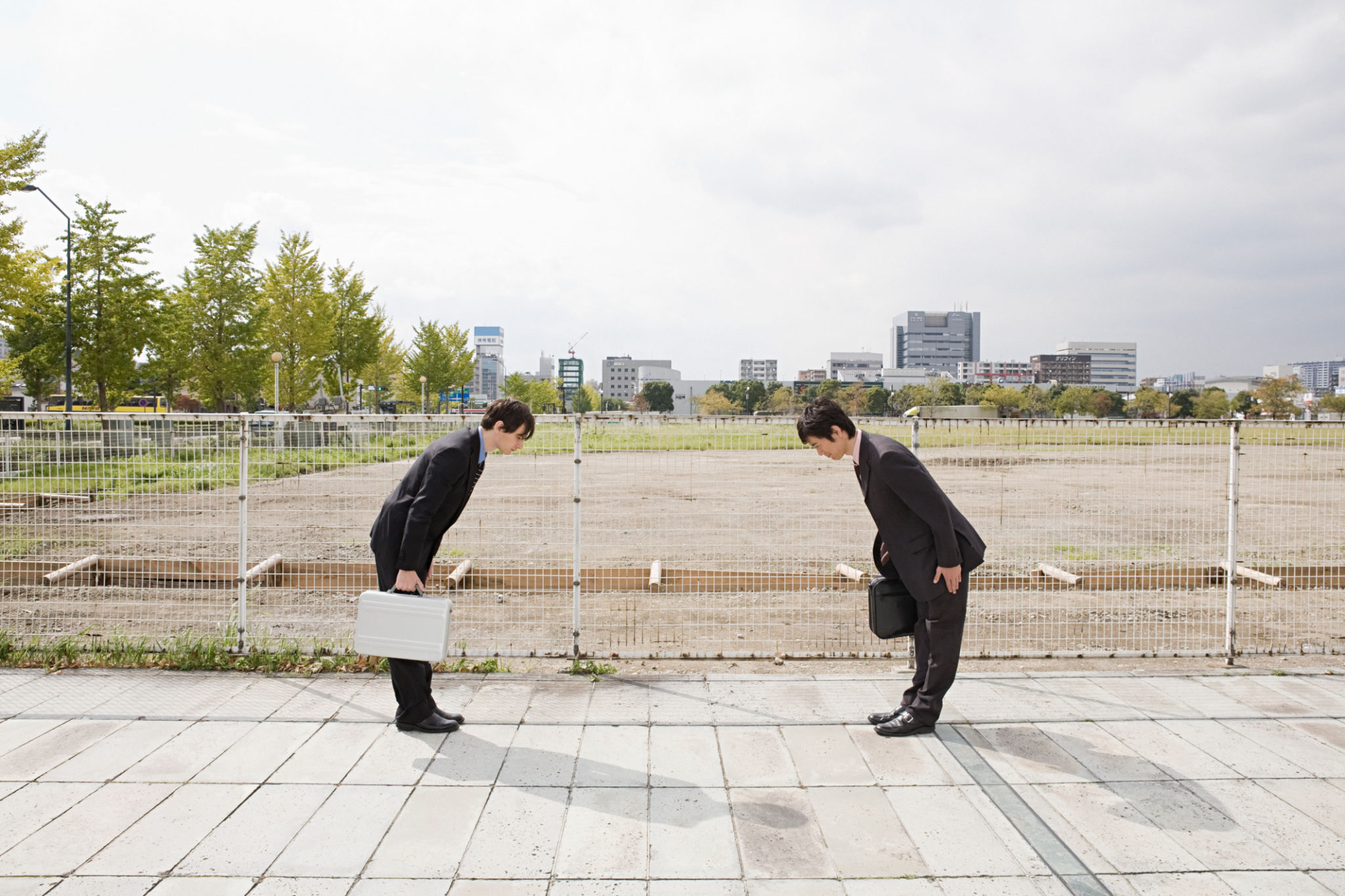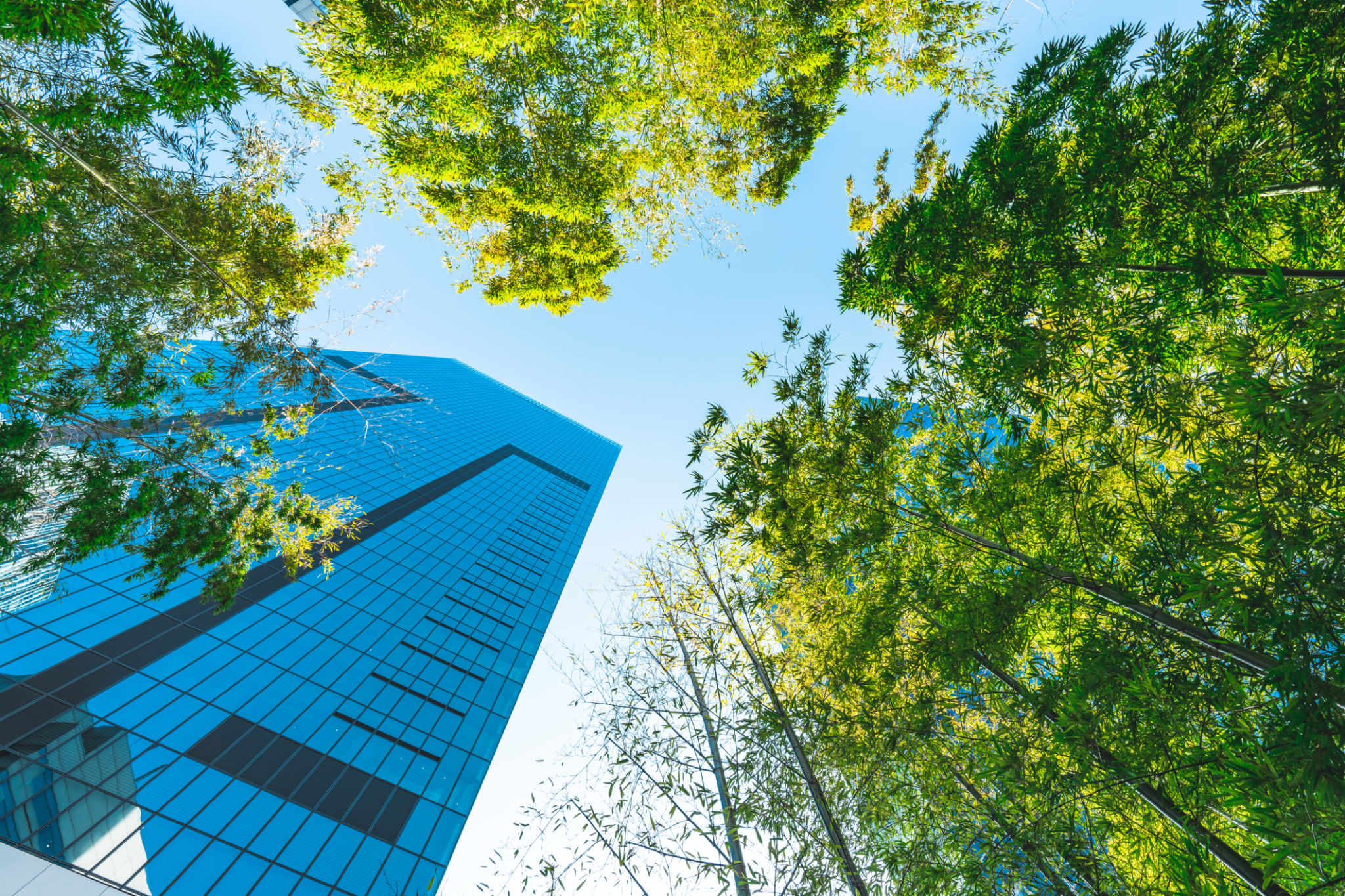Common Misconceptions About Masonry and How to Avoid Them
HS
Understanding Masonry: Separating Fact from Fiction
Masonry is a time-honored craft that has been used in construction for thousands of years. However, despite its long history, there are numerous misconceptions about masonry that can lead to misunderstandings and mistakes. By debunking these myths, you can better appreciate the craft and make informed decisions for your construction projects.

Misconception 1: Masonry Is Only About Brick
A common misconception is that masonry solely involves brickwork. In reality, masonry encompasses a wide range of materials, including stone, concrete blocks, glass blocks, and more. Each material has its own properties and applications, and understanding these can help in choosing the right one for your project. Brick is just one facet of the versatile world of masonry.
Stone masonry, for example, offers a natural and timeless aesthetic, while concrete blocks are often used for their strength and durability. Glass blocks can add a modern touch with their ability to diffuse light. Recognizing the diversity within masonry can expand your options and lead to more creative design solutions.
Misconception 2: Masonry Is Too Expensive
Another frequent misconception is that masonry is prohibitively expensive. While the initial cost might be higher compared to some other materials, the long-term benefits often outweigh these expenses. Masonry structures are known for their durability, low maintenance needs, and excellent thermal mass, which can contribute to energy efficiency.

Moreover, masonry materials like brick and stone are incredibly resilient against weather conditions and natural disasters, potentially saving money on repairs and replacements in the future. The upfront investment can lead to significant savings over the lifespan of the structure.
Misconception 3: Masonry Is Not Environmentally Friendly
Some people believe that masonry has a negative environmental impact due to its production processes. However, many masonry materials are sustainable and contribute positively to green building practices. For instance, brick and stone are natural materials that require minimal processing.
Additionally, masonry's thermal mass properties can reduce energy consumption in buildings by maintaining stable indoor temperatures. This can decrease reliance on heating and cooling systems, leading to lower energy use and reduced carbon footprints.

Misconception 4: Masonry Is Outdated
The belief that masonry is an outdated building method couldn't be further from the truth. Modern architecture frequently incorporates masonry for its aesthetic appeal and structural benefits. New techniques and technologies have further enhanced the versatility of masonry, allowing for innovative designs and applications.
Masonry can complement contemporary styles with sleek stone facades or unique brick patterns. Its timeless nature allows it to adapt to various architectural trends without losing its inherent charm or functionality.
Avoiding Common Mistakes in Masonry Projects
To avoid falling prey to these misconceptions when undertaking a masonry project, consider the following tips:
- Research Materials: Understand the different types of masonry materials available and their specific advantages.
- Consult Experts: Engage with experienced masons or contractors who can provide insights and guidance tailored to your project's needs.
- Consider Long-Term Benefits: Evaluate not just the initial costs but also the long-term savings and sustainability offered by masonry.
- Stay Informed: Keep up with the latest developments in masonry techniques and technologies to leverage modern advancements.
Masonry remains a vital part of construction today, offering both beauty and resilience. By dispelling common myths and understanding its true potential, you can make informed choices that enhance your building projects.
